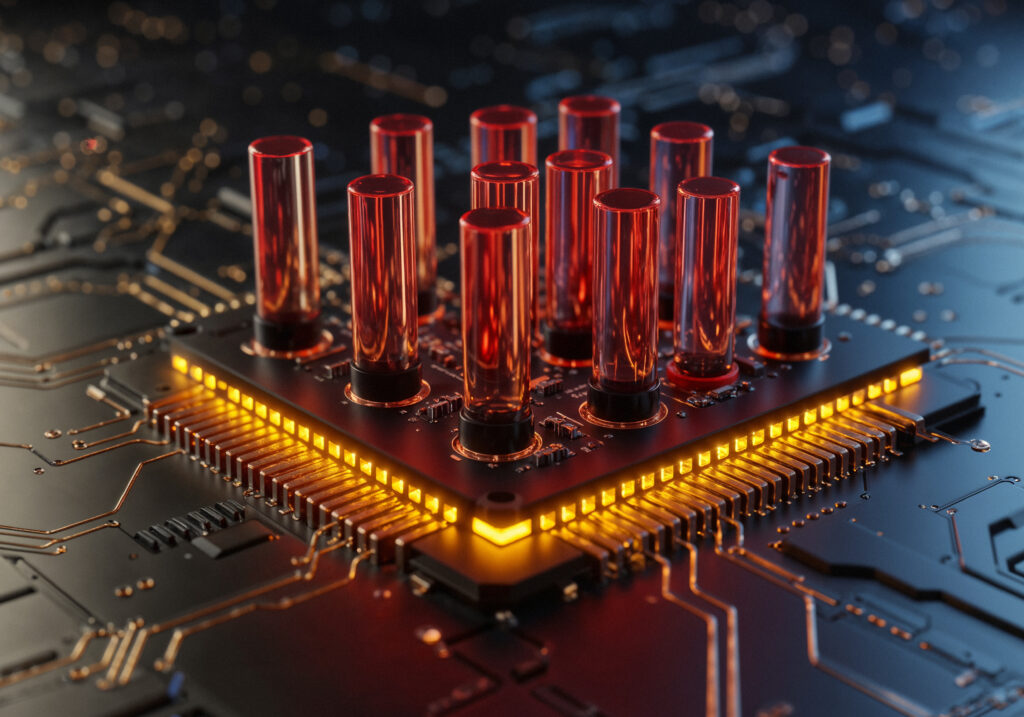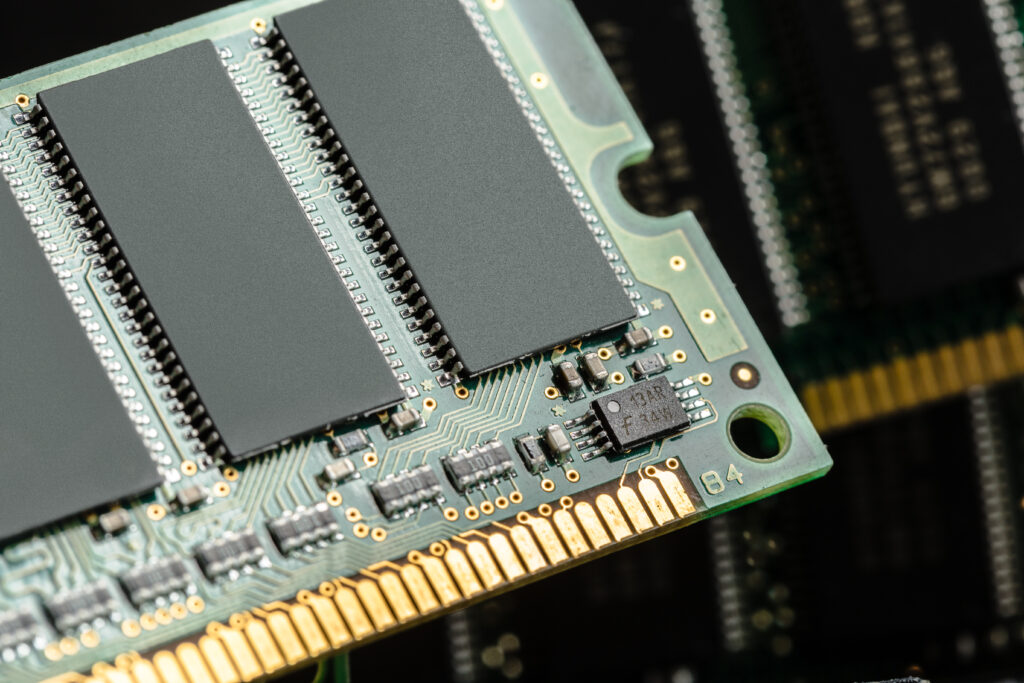In the world of computing, particularly in gaming and video editing, understanding the relationship between your computer’s CPU and GPU is crucial. As technology advances, the synergy between these two components becomes even more significant for delivering high-performance output. Many enthusiasts and professionals alike often ask the question, Does A Bad CPU Bottleneck The GPU?—and if so, how it affects overall performance. This concern is not just theoretical; it has practical implications that can affect everything from frame rates in games to rendering times in video editing software.
In this article, we’ll explore the intricacies of how a CPU can bottleneck a GPU, the signs that your system might be experiencing this issue, and what you can do to mitigate it. We’ll delve deeper into the relationship between these components, how bottlenecks occur, and the potential solutions available. By understanding these elements, you can ensure that your system is optimized for the best possible performance.
Understanding CPU and GPU Roles
To grasp the concept of bottlenecking, it’s essential to understand the roles of the CPU (Central Processing Unit) and the GPU (Graphics Processing Unit). The CPU acts as the brain of your computer, handling all the instructions that come from software. It manages tasks such as running the operating system, executing programs, and processing input/output operations. The CPU’s role is akin to that of a conductor in an orchestra, coordinating various processes to work harmoniously.
1.The Role of the GPU
The GPU, on the other hand, is specialized hardware designed to accelerate the rendering of images and videos. It’s particularly important for tasks like gaming, 3D rendering, and video editing, where visual processing is required. Unlike the CPU, which handles a wide range of tasks, the GPU is optimized for parallel processing, making it adept at handling complex calculations required for rendering graphics. This distinction highlights why the balance between these two components is crucial for seamless operation.
2.What Is a Bottleneck?
A bottleneck occurs when one component of a computer system limits the performance of another. In the context of CPU and GPU, a bottleneck can happen when a CPU is not powerful enough to support the full potential of a GPU. This mismatch can lead to suboptimal performance and affect the overall efficiency of your computer system. Bottlenecks are not exclusive to CPUs and GPUs; they can occur in any part of the system where there is a disparity in processing capabilities.
The Impact of a CPU Bottleneck on GPU Performance?
When a CPU bottlenecks a GPU, the system’s overall performance suffers because the GPU cannot operate at its full potential. This limitation is akin to a traffic jam, where a narrow road limits the flow of cars despite a high-speed highway leading up to it. Understanding where the bottleneck occurs in your system is the first step in addressing performance issues and ensuring that each component is utilized effectively.

Can a Bad CPU Bottleneck a GPU? – A Clear Answer
The short answer is yes, a bad or weak CPU can bottleneck a powerful GPU. When the CPU is unable to process data as quickly as the GPU can render it, the GPU has to wait for the CPU to catch up. This delay results in reduced performance, such as lower frame rates in games or slower rendering times. A bottlenecked GPU is akin to a high-performance car stuck in traffic; it has the potential for speed but is held back by external conditions.
This scenario is especially common in systems where the GPU is significantly more advanced than the CPU. In such cases, the GPU is capable of processing more data than the CPU can handle, leading to inefficiencies. The result is not just limited to gaming; it can affect any graphics-intensive application, resulting in slower processing times and less efficient operation.
- Low Frame Rates: If you’re experiencing low frame rates in games despite having a high-end GPU, it’s a strong indication of a CPU bottleneck. The CPU may not be able to keep up with the game’s demands, causing the GPU to wait. Frame rates are a direct reflection of the system’s ability to process and render images quickly, and a bottleneck can drastically reduce this capability.
- High CPU Usage: Another sign is if the CPU usage is consistently at 100% while the GPU usage is much lower. This imbalance shows that the CPU is working at full capacity, while the GPU is underutilized. It’s a clear indicator that the CPU is the limiting factor, and the system is not leveraging the GPU’s full potential.
- Stuttering and Lag: Frequent stuttering and lag during gameplay or video playback can also suggest that the CPU is struggling to keep up with the GPU. These disruptions can be frustrating and are often the result of the CPU failing to process data swiftly enough to match the GPU’s capabilities.
- Lower Performance in CPU-Intensive Tasks: Tasks that require significant CPU power, such as simulations or running complex algorithms, might see a noticeable drop in performance if the CPU is not up to the task. This inefficiency can impact productivity and the overall user experience, particularly in professional environments where high performance is critical.
Absolutely. A weak CPU limits how much data the GPU can receive and process. Even with a top-tier GPU, if the CPU cannot feed it data quickly enough, the GPU’s capabilities are effectively wasted. This limitation is particularly evident in applications that require quick calculations and data processing, such as high-resolution gaming or 4K video editing. The disparity between CPU and GPU performance can create a bottleneck that diminishes the overall system efficiency.
In scenarios where the CPU cannot keep up, the GPU spends time idling, waiting for the next set of instructions. This inefficiency not only wastes the GPU’s potential but also results in a subpar user experience. Addressing this imbalance is essential for maximizing the capabilities of your hardware and ensuring that both components work in harmony.

Read more:Understanding Motherboard and GPU Compatibility
If you suspect a CPU bottleneck, there are several steps you can take to mitigate the issue:
- Upgrade Your CPU: If budget allows, upgrading to a more powerful CPU can help balance the workload between the CPU and GPU, reducing the bottleneck effect. Choosing a CPU that complements your GPU can enhance performance significantly and ensure that both components operate optimally.
- Overclock Your CPU: For those comfortable with tweaking hardware, overclocking can increase a CPU’s performance. However, this should be done cautiously, as it can lead to overheating and potential hardware damage. Overclocking can provide a temporary boost in performance, but it’s essential to monitor system stability and temperature.
- Optimize Software Settings: Lowering the settings for CPU-intensive tasks in games and applications can reduce the strain on the CPU. This adjustment can help achieve a smoother performance without needing hardware upgrades. By tweaking settings, you can find a balance that maximizes performance while minimizing the risk of bottlenecks.
- Close Background Processes: Reducing the number of background applications and processes can free up CPU resources, allowing more power to be directed towards demanding tasks. Managing system resources effectively can improve performance without the need for hardware changes.
- Balance Your System Build: When building or upgrading a PC, aim for a balanced configuration where the CPU and GPU are closely matched in performance capabilities. This balance minimizes the risk of bottlenecking. By ensuring that both components are aligned in terms of performance, you can achieve a more efficient and powerful system.
Conclusion
Understanding the interplay between your CPU and GPU is vital for optimizing your computer’s performance. A bad CPU can indeed bottleneck a powerful GPU, leading to diminished performance and efficiency. Recognizing the signs of a bottleneck and taking steps to mitigate it can enhance your computing experience, whether you’re gaming, editing videos, or running complex applications.
Ensuring a balanced system build, considering CPU upgrades, and optimizing software settings are all effective ways to minimize the impact of a CPU bottleneck. By addressing these issues, you can unleash the full potential of your GPU and enjoy a smoother, more efficient computing experience. Investing in the right components and understanding their interactions can lead to significant improvements in both performance and user satisfaction.
